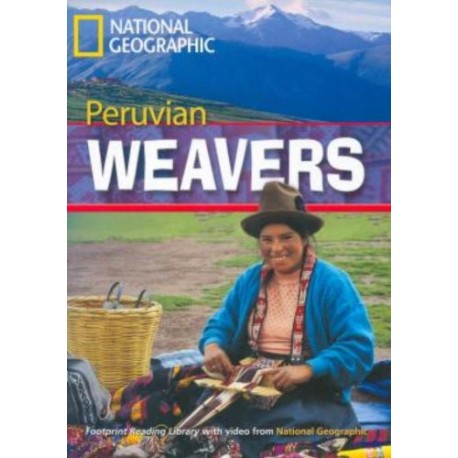- -15%


Description & Features of National Geographic Footprint Series: Welcome to the sights and sounds of the world with the Footprint Reading Library, a unique new series of graded readers for learners of English. This series offers fascinating stories from the four corners of our world, and develops the language and skills needed to understand non-fiction writing. * A rich selection of engaging non-fiction readers, grouped into five themes: Incredible Animals, Fascinating Places, Remarkable People, Exciting Activities, and Amazing Science. * One hundred individual readers, graded at eight levels from pre-intermediate to advanced, covering 800 to 3,000 headwords. * Each reader is available with a DVD-ROM containing both video and audio content for that reader. * Carefully-controlled gra
 Rychlé a spolehlivé doručení
Rychlé a spolehlivé doručení
Přes 300 výdejních míst po celé ČR
 Kamenná prodejna v Berouně
Kamenná prodejna v Berouně
Možnost výměny zboží
Description & Features of National Geographic Footprint Series: Welcome to the sights and sounds of the world with the Footprint Reading Library, a unique new series of graded readers for learners of English. This series offers fascinating stories from the four corners of our world, and develops the language and skills needed to understand non-fiction writing. * A rich selection of engaging non-fiction readers, grouped into five themes: Incredible Animals, Fascinating Places, Remarkable People, Exciting Activities, and Amazing Science. * One hundred individual readers, graded at eight levels from pre-intermediate to advanced, covering 800 to 3,000 headwords. * Each reader is available with a DVD-ROM containing both video and audio content for that reader. * Carefully-controlled grammar syllabus covers the most typically-taught structures in coursebooks. Peruvian Weavers: In the village of Chinchero, Peru, weaving is an important tradition. Weavers use animal hair to make beautiful cloth. They have always used this cloth to stay warm. However, now they are also selling it to make money. How will this affect the local people and economy?